The World’s Most Famous Volcanoes: Nature’s Fiery Giants
Volcanoes are some of the most awe-inspiring natural formations on Earth. Born from intense heat beneath the surface, they can erupt at any moment, spewing molten lava, rocks, ash, and gases. While some volcanoes remain active, others may sleep for centuries—but even dormant volcanoes can awaken with devastating force. Here’s a look at ten of the world’s most famous volcanoes and the stories behind their fiery power.

Mount St. Helens, USA
Mount St. Helens is an active stratovolcano located in the Pacific Northwest of the United States. Rising to 2,550 meters above sea level, its last eruption occurred on July 10, 2008, though its activity has been closely monitored since the catastrophic eruption on March 20, 1980. That event included a magnitude 4.2 earthquake, followed by a massive landslide and a vertical ash column that soared over 24 kilometers into the sky.
Modern technology now allows geologists to study the volcano in 3D, helping predict future eruptions and better understand the dynamics of this powerful mountain.
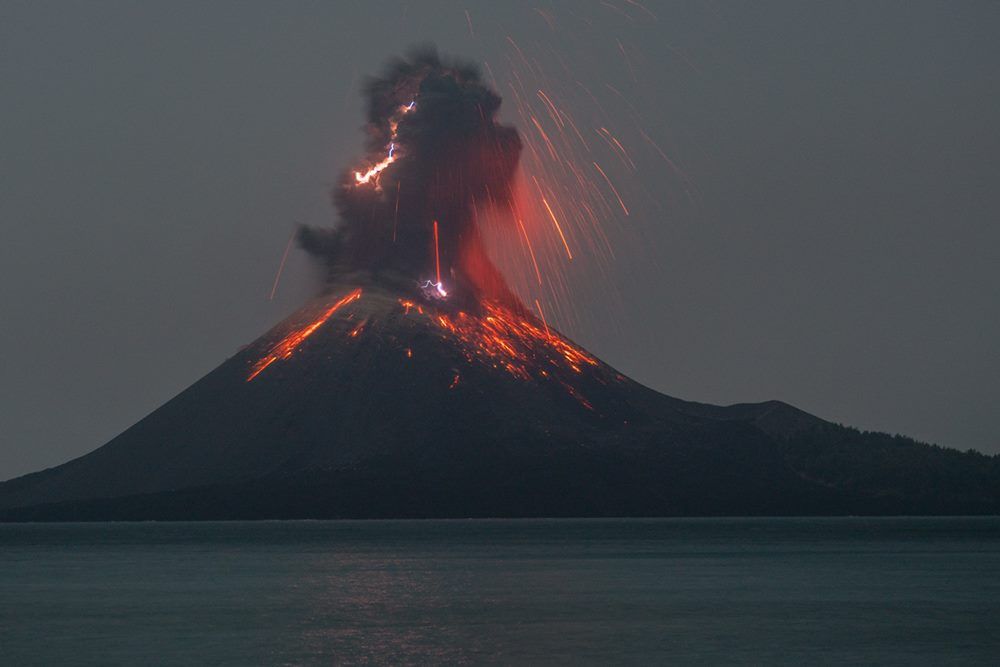
Krakatoa, Indonesia
Krakatoa, a volcanic island in the Sunda Strait of Indonesia, is infamous for its massive eruption in 1883, one of the deadliest in recorded history. Situated on the volatile boundary of the Indo-Australian and Eurasian tectonic plates, Krakatoa unleashed nearly 21 cubic kilometers of rock and ash, covering roughly 3,000 square miles in darkness for almost 60 hours.
The eruption transformed the volcano into a caldera. Later eruptions, including the creation of Anak Krakatoa (“Child of Krakatoa”) in 1927, continue to remind the world of its power, with activity recorded as recently as 2012.

Mount Vesuvius, Italy
Mount Vesuvius, located near Naples, Italy, is notoriously unpredictable. Formed by the collision of the African and Eurasian tectonic plates, its eruptions release volcanic debris and hot gases that can reach the stratosphere. Its lava is rich in silicates, and its ash often forms pumice. Vesuvius last erupted in March 1944 and remains a constant subject of geological study due to its proximity to heavily populated areas.

Mount Etna, Italy
Mount Etna, whose name derives from the Greek word “Aitne” meaning “I burn,” towers 3,350 meters above sea level on the island of Sicily. This stratovolcano has been active for roughly 2.6 million years and continues to shape the local landscape. Research shows that Etna is slowly moving toward the sea, and its eruptions have long-term impacts on the atmosphere and surrounding ecosystems. Despite its danger, Etna draws millions of tourists annually, fascinated by its raw, natural power.
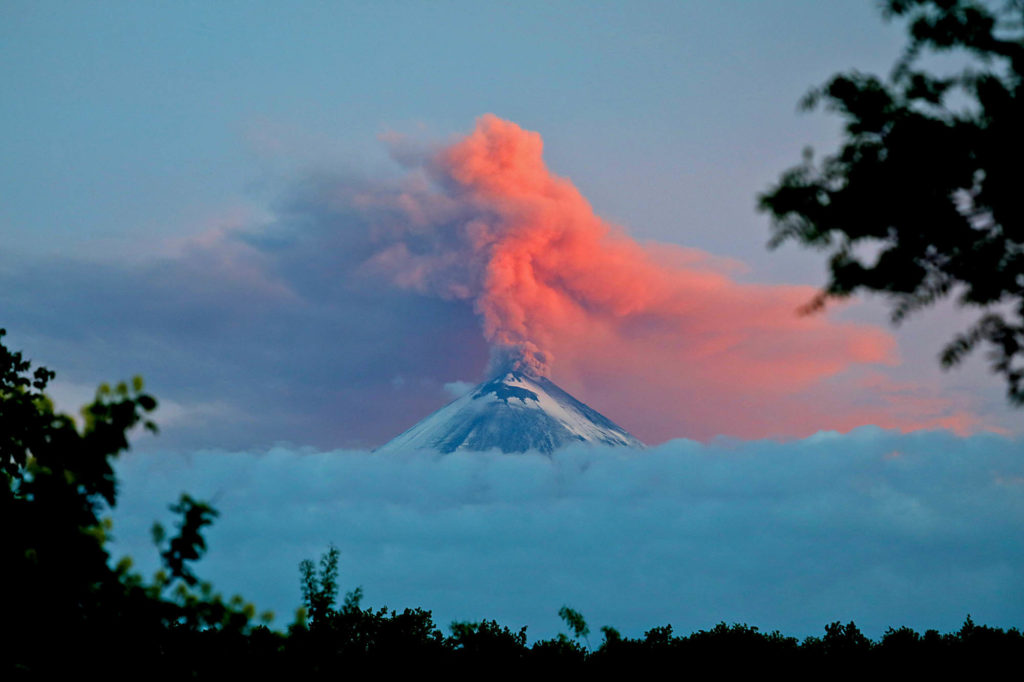
Mauna Loa, Hawaii
Mauna Loa on the Big Island of Hawaii is the world’s largest volcano by mass and volume. Standing at 4,169 meters, it has erupted 33 times since its first recorded eruption in 1843. The nearby city of Hilo has experienced significant damage from Mauna Loa’s eruptions and related earthquakes, including an 8.0-magnitude quake in 1868. Ancient Hawaiians lived on the island for centuries without written records of volcanic activity, but geological evidence shows eruptions occurred long before modern documentation.

Mount Fuji, Japan
Mount Fuji, Japan’s tallest peak at 3,376 meters, is a symbol of natural beauty and spiritual significance. Located about 100 kilometers southwest of Tokyo, this active volcano last erupted in 1707. Its nearly perfect conical shape has made it an iconic landmark and a magnet for tourists, particularly in the winter months when visibility is at its best. Geologists estimate that Fuji formed approximately 2.6 million years ago during seismic activity in the region.

Mount Pinatubo, Philippines
Mount Pinatubo is an active stratovolcano situated at the junction of the Zambales, Tarlac, and Pampanga provinces. Its 1991 eruption was one of the largest of the 20th century, releasing millions of tons of carbon dioxide into the atmosphere. This eruption contributed to temporary global cooling and significantly depleted the ozone layer. Pinatubo remains an active volcano and continues to be closely monitored.

Mount Pelée, Martinique
Rising 1,397 meters on the Caribbean island of Martinique, Mount Pelée is best known for its catastrophic eruption in 1902, which destroyed the city of Saint-Pierre and killed approximately 30,000 people. Now considered dormant, the volcano still exhibits seismic activity, reminding residents and scientists of its latent power.

Mount Tambora, Indonesia
Mount Tambora, also in Indonesia, produced the largest eruption in recorded history in 1815. Its eruption released massive amounts of ash into the atmosphere, blocking sunlight and leading to the “Year Without a Summer.” Approximately 10,000 people perished from lava flows and toxic gases. Today, Tambora stands at 2,851 meters and remains an active site of seismic activity.

Mount Cotopaxi, Ecuador
Mount Cotopaxi is an active stratovolcano in the Andes, standing at 5,897 meters. Part of the Pacific Ring of Fire, it is one of the highest volcanoes in the world. Historically considered sacred, Cotopaxi has erupted 87 times, making it one of Ecuador’s most active and closely studied volcanoes.

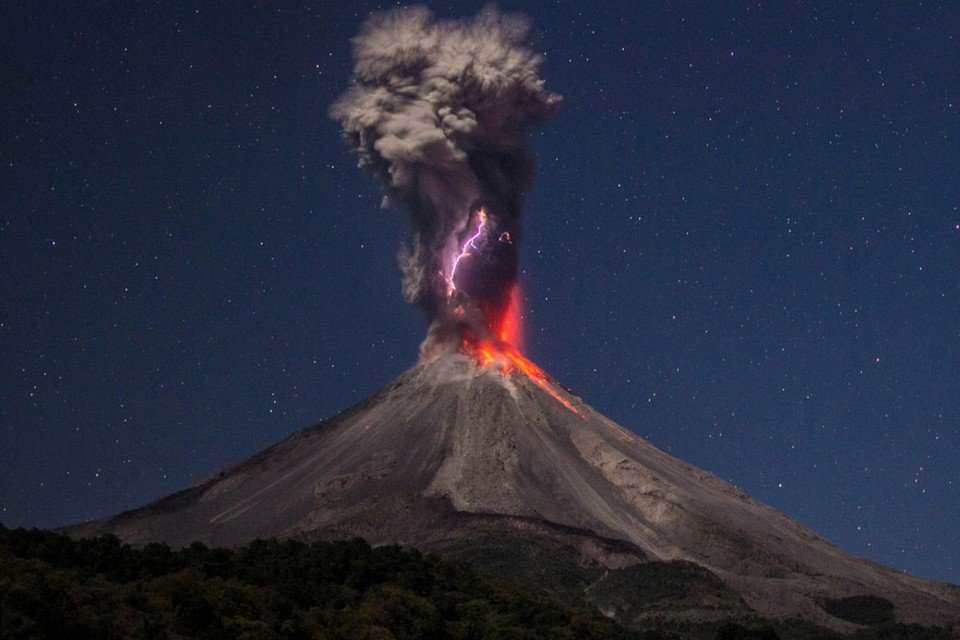

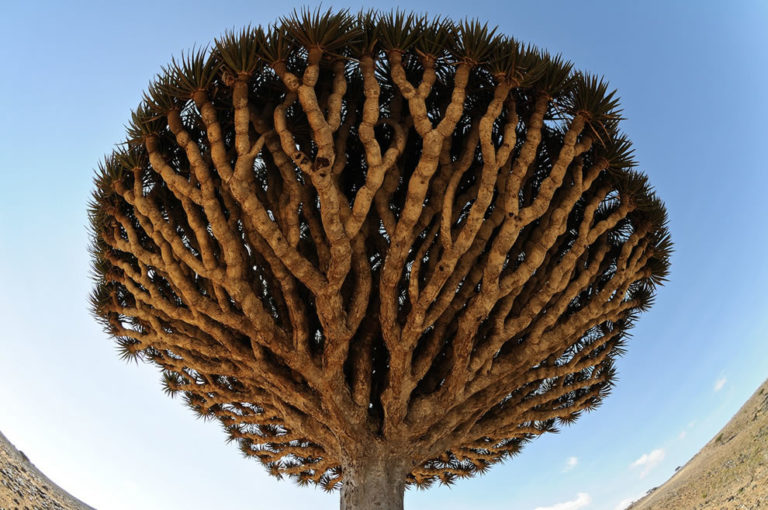

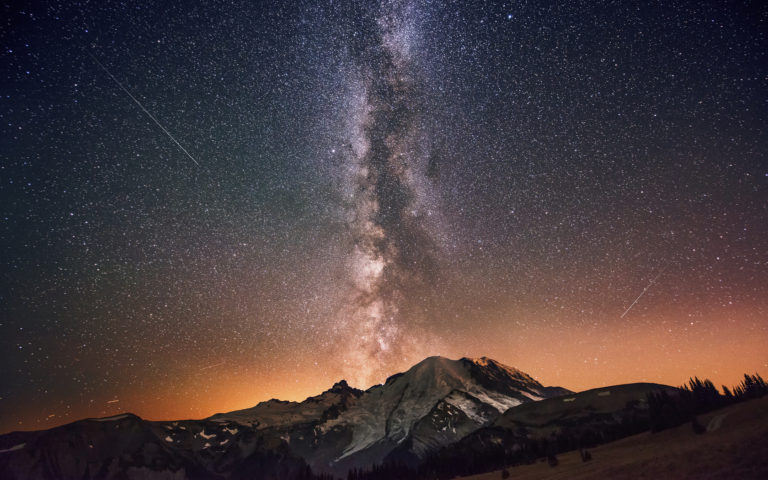
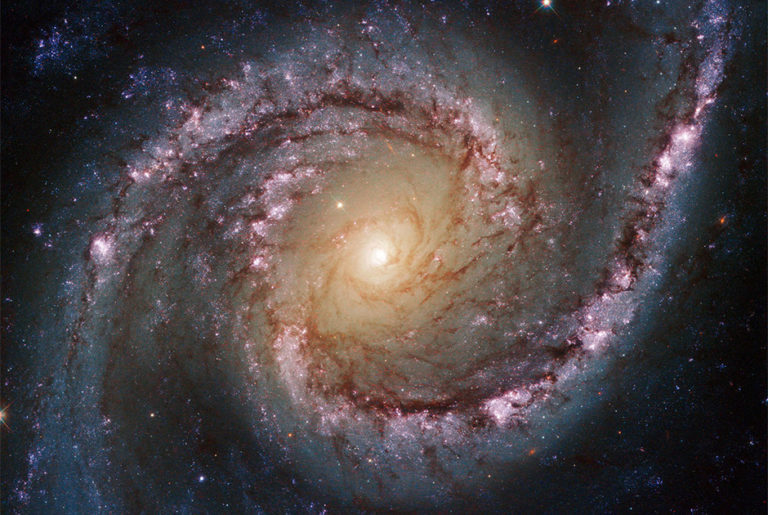
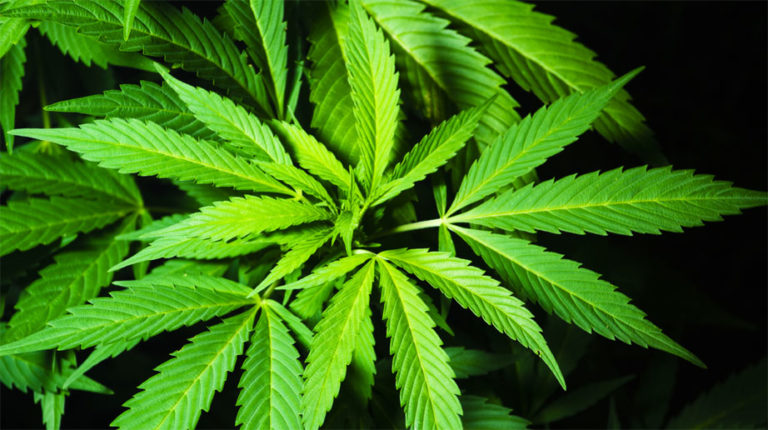
Да вулканы не предсказуемы никто не знает когда они проснуться, видела вживую Фуджи-сан какой же он красивый!